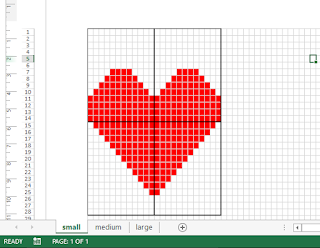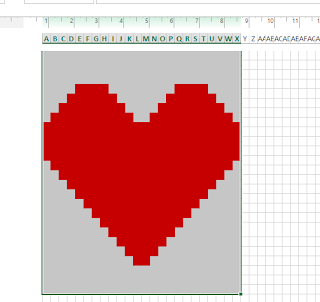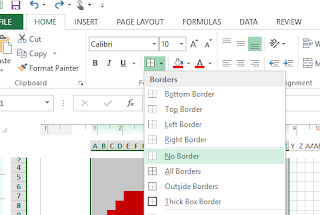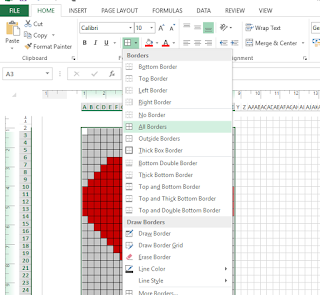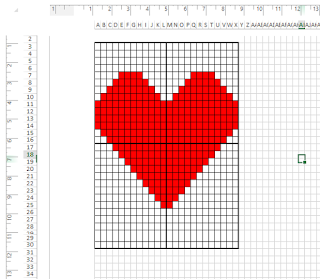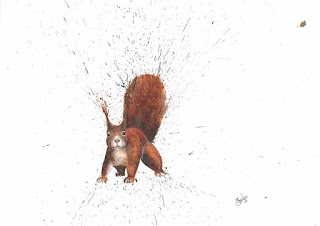 |
| Original Artwork by Clare Brownlow |
I was incredibly lucky as a child to have parents who agreed to paint my room pink, with pink carpet and to put up Forever Friends wallpaper border. However, by the time I was ten I'd grown out of it and by the time I was in my teens I was desperate for an upgrade (which I luckily received). Now owning my own home I truly appreciate the cost of paint and realise that a room that can be updated as easily as changing a duvet cover is perfect! Take my nephew for example. At the tender age of four he has already had three great loves in his life: Frozen (which he just wouldn't let go!), Pirates and now Paw Patrol. Imagine if his mum had gone down the borders and wall-stickers route? These days, with a tendency to decorate using a neutral pallette, it couldn't be easier to update a room yearly, or even seasonally, according to what's on trend.
I love all things to do with British wildlife, and when my craft room one day becomes a nursery, it is certain to be filled with things inspired by our wonderful British countryside. Beatrix Potter is an absolute must for me and my husband, who is equally keen on British wildlife, has already purchased two watercolours from a local artist which will soon be on my craft room walls.
Why is British wildlife such a perfect fit for a nursery? There are three key reasons:
* it's timeless
* it's gender neutral
* it can help our children grow up with an awareness and appreciation of our unique countryside
Imagine my delight, then, to visit the Handmade Fair at Hampton Court Palace this September, to discover that British wildlife is becoming the hottest new trend. What is more, with a clear theme of all things nostalgic, it is apparent that this is not going to be a passing fad.
So how can we embrace this in our nurseries?
1) Keep it warm and neutral
White is a wonderful colour in an adult space, but in a nursery it can feel cold and shows the marks much more easily. I've picked a warm vanilla colour for my walls. It ties in beautifully with the shabby-chic trend that has been around for the last decade and doesn't seem likely to disappear. It is also warm and cosy, perfect with soft lighting. Finally, it is neutral and can easily be updated as a child's room to go with whatever they're "into" at the time. Children are wonderful explorers and discoverers, with an incredible capacity to be amazed and enthralled by the tiniest things. Keeping walls and window-treatments neutral will allow your little one to personalise their own space as they grow.
2) Buy British
Secondly, think carefully about buying British and hand-made. If you can possibly afford it, it is a wonderful thing to support our local crafts-people and British businesses. We are fortunate, as a nation, to have a long and illustrious history of artisan crafts so let's celebrate it!
3) Be colour-savvy
Thirdly, be aware of colours and trends. The adults clothes and household catalogues are a good indication of what's coming. Remember the obsession with Scandi-style a few years ago? This was swiftly followed by the rustic Highland appeal of stags and tartan, warm natural fabrics and colours. This desire for warmth is set to continue with this season's key colours of mustard, russet, gold and plum. Autumnal colours are in!
4) Keep it simple.
Don't go all out and decorate a room entirely in one colour. Don't invest hundreds in statement pieces that will look out of place by next season. Go for little touches that can easily be updated. Here are some of my favourites from the crafts-people at Hampton Court Palace...
Made by Lottie Day: Her lampshade with the image of a hare is just stunning and perfect for an autumnal wildlife nursery!
Charley Lou Designs: We just love her crayon-rolls!
 |
| Crayon Rolls by Charley Lou Designs |
Corinne Lapierre: Felt Designs which come as gorgeous kits for you to make yourself for baby.
 |
| Felt Birdhouse by Corinne Lapierre |
Fat Poppy Cat
 |
| Embrace a love of British wildlife with this stunning Kingfisher by Fat Poppy Cat |
Hawthorn Handmade: Designers and makers of needle-felt and crochet kits, Hawthorn Handmade use British wool (ethically sourced) for their needle-felting kits, and crochet yarn spun in a mill in Scotland. Designer Stephanie is inspired by the Dorset countryside and who could resist this smart squirrel? Visit their site now for more inspiration and to get crafting!
 |
| Needle-felt Squirrel Kit by Hawthorn Handmade |
Hummy and Huggy: A family business established and run by a mum to two young boys, Hummy and Huggy aim to create designs that little ones and their parents all adore! Being a mum, she understands the importance of durability and practicality and their UK studio produce products with this in mind. I fell in love with this tartan moose! Who wouldn't want this moose loose aboot their hoose?
 |
| Moose by Hummy and Huggy |
Clare Brownlow: A young artist, Clare works in a unique way, using pheasant feathers and ink. I am a huge fan of artwork on walls, especially as they can be swapped as you see fit. However, if I had this little chappy on my wall he would be sure never to come down!















